Into the Unknown Depths
The Greek word “Katabasis” often refers to a journey to the underworld, such as Orpheus’ famous journey to the realm of Hades. In the context of this exhibition project, it points to an act of retreat, such as the disappearance of the human figure from his story, but it also points to the rewinding of time, a technique prevalent in the world of technical images, and the metaphorical function it provides.
Through a discussion of the manipulability of images, Liu Guangli actively involved in the movement of configuring a model of realism through 3D modeling, CGI, AI-generated art and essay film. His recent work continues to reflect on the present condition of the genre “Fiction”: how hypothesis was and still is premised on performing miracles to gain public trust, and virtual images make narratives believable at the cost of photorealism. In both situations, the creation of a common perceptual experience is crucial for soothsayers, Hollywood image-makers and artists alike. His essay films How to Split the Sea in Two and How to Imagine the Unimaginable show us that artificial miracles (e.g., Moses splitting the sea or cryptocurrencies) are not fundamentally different from collective hallucinations (e.g., dinosaurs on the screen), and the spectator is placed in an unthinkable ambiguity that cannot be comprehended with common sense: this supernatural object looks so plausible and proven (with archaeological evidence or testimony of others), yet improbable, does it really exist, or am I just dreaming?
Horror is born in the unknown depths, so how can an unexpected encounter with it present a bright and divine vision? Unlike the soothsayers or Hollywood image-makers, artists have always tended to make a distinction from the style and metaphors used in the political or moral realm, fighting with imagery and "Fiction" of their own, which often runs counter to the photorealism style. By transforming authoritative figures into operational images, such as the “Before or After” series modifies classical paintings with contemporary audiovisual languages like fast-forward, pause and rewind, Guangli puts heterogeneity into the logic of historicist narratives. He changes the identity of the narrator, using the time scale of the underground world as a storytelling context, deliberately erasing layers depicting the protagonist, the will to triumph over the nature, the “breaking news” moment of human civilization, together with the whole historical layers, but leaving behind the long “history” of inorganic life on earth. The haunting sounds collected from the antimony mines of Guangli's hometown, six hundred meters underground, implicitly connected this unimaginably duration with one of contemporary technological media.
It can be said that the artist strategically employs a methodology that Didi-Huberman called “the archaeology of visual knowledge” to excavate the historical deposits of “fiction” at the level of the social function and the cognitive model of the common perceptual experiences – today’s so-called “image”. In the second part of the exhibition, through a series of images on the contemporary representation of dinosaurs, Guangli reveals how mainstream fiction operates on multiple levels: with the help of “scientific” hypotheses, the unimaginable and improbable past is shaped into realistic and authentic models, or even scenario for the future. Between science, Hollywood and art, no one has the final word. The question is, who has the power to dream today and who has the ability to be believable?
Text By Chen Min
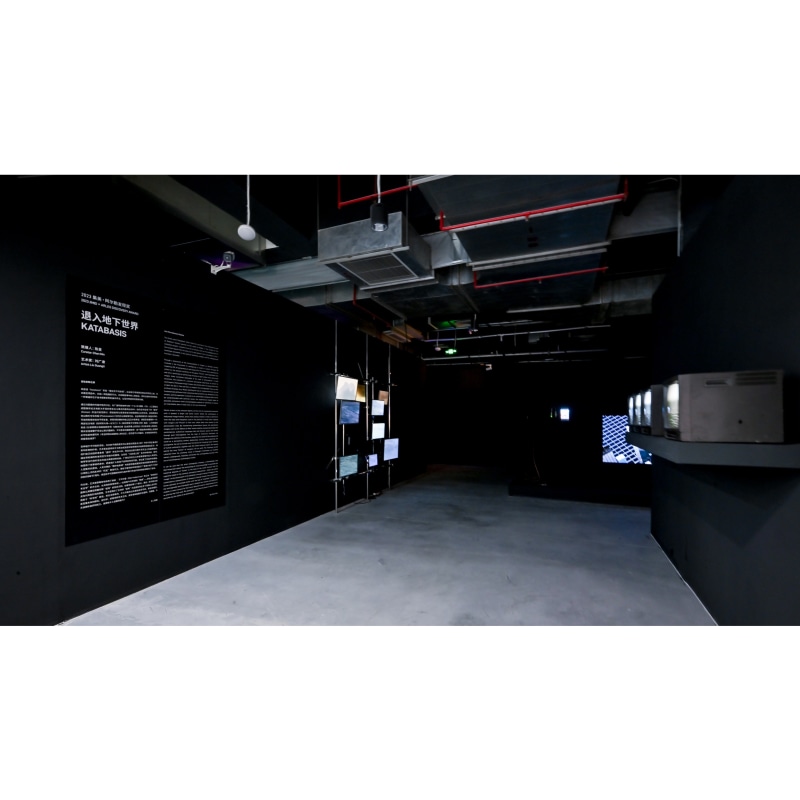


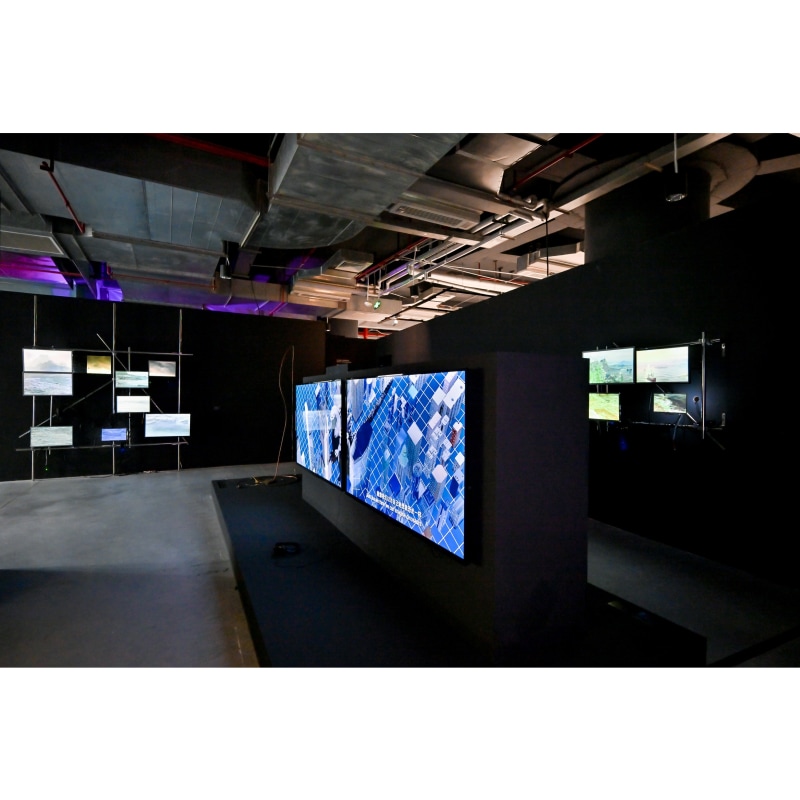



 Portrait of Liu Guangli
Portrait of Liu Guangli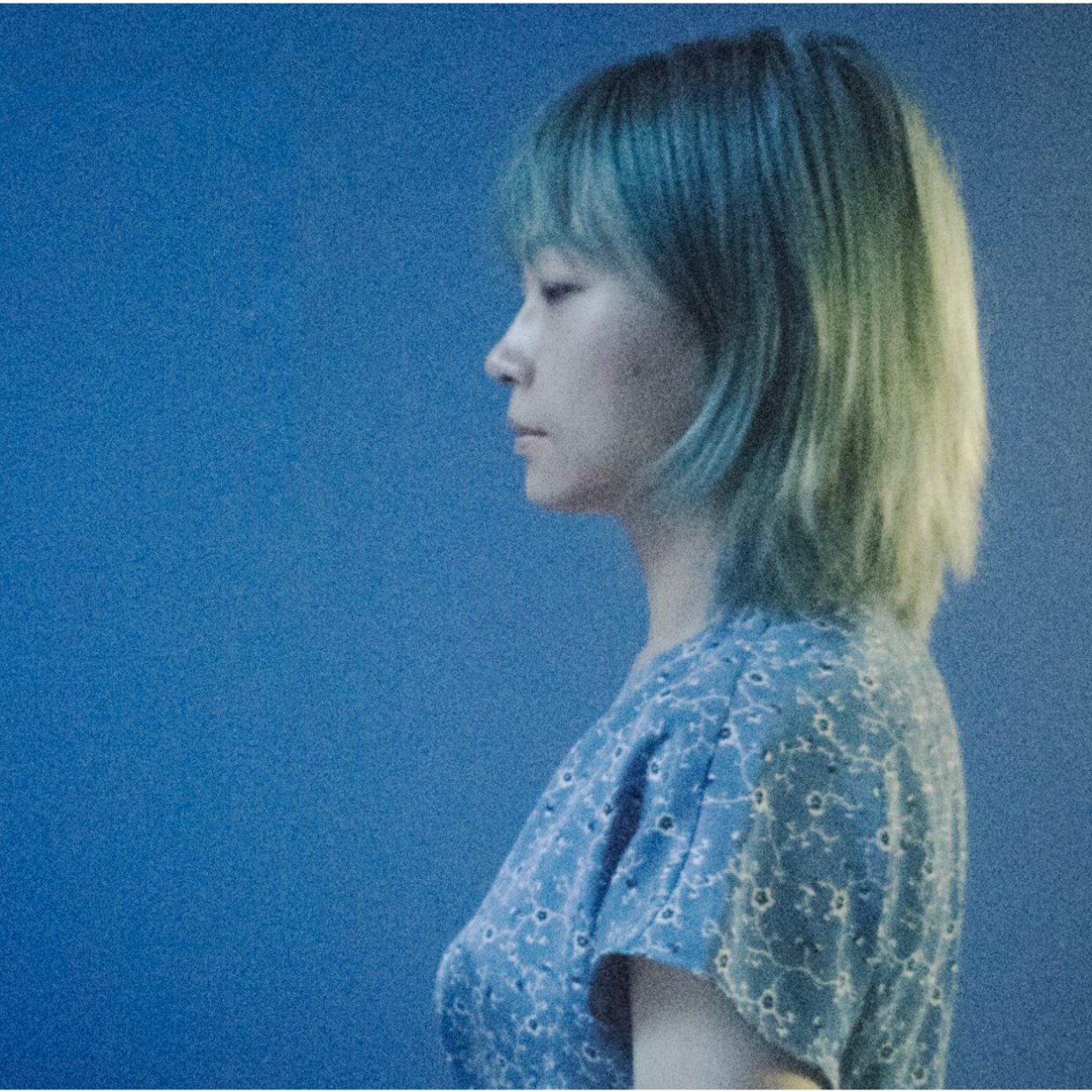 Portrait of Chen Min
Portrait of Chen Min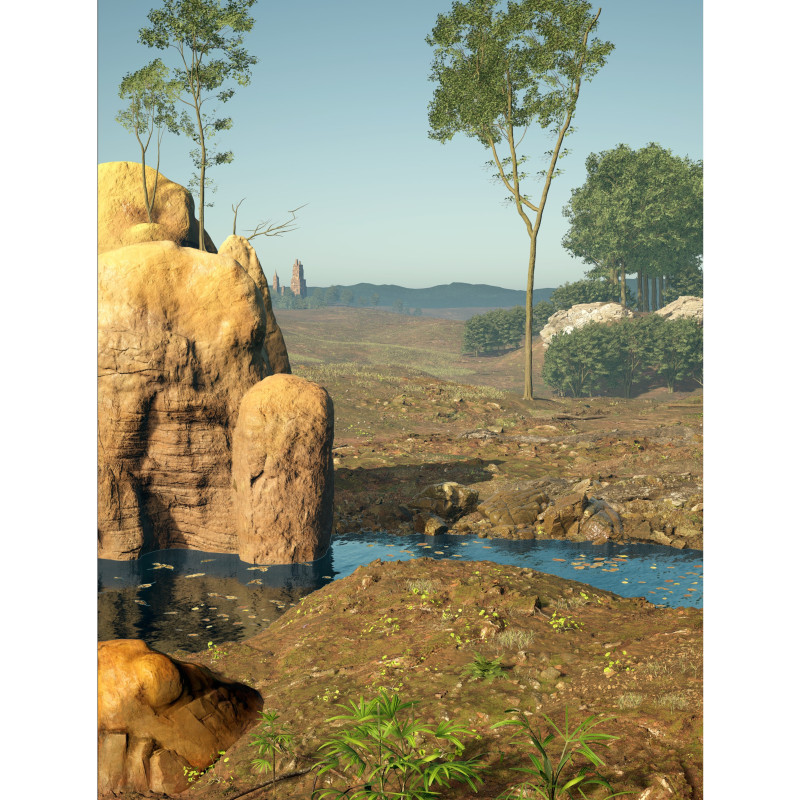 Liu Guangli, "Before or After Saint George and the Dragon", 2023. Single channel video, 10mins, dimension variable. Courtesy of the artist.
Liu Guangli, "Before or After Saint George and the Dragon", 2023. Single channel video, 10mins, dimension variable. Courtesy of the artist. Liu Guangli, "How to Split the Sea in Two", 2022. 3-channel video, 07 mins 32 secs, dimension variable. Courtesy of the artist.
Liu Guangli, "How to Split the Sea in Two", 2022. 3-channel video, 07 mins 32 secs, dimension variable. Courtesy of the artist. Liu Guangli, "Before or After Crossing of the Red Sea", 2023. Single channel video, 10 mins, dimension variable. Courtesy of the artist.
Liu Guangli, "Before or After Crossing of the Red Sea", 2023. Single channel video, 10 mins, dimension variable. Courtesy of the artist. Liu Guangli, "Before or After Rise and Fall", 2023. Single channel video, Real-time simulation, dimension variable. Courtesy of the artist.
Liu Guangli, "Before or After Rise and Fall", 2023. Single channel video, Real-time simulation, dimension variable. Courtesy of the artist. Liu Guangli, "As a Surface", 2023. Single channel video, AI, 3 mins 02 secs, dimension variable. Courtesy of the artist.
Liu Guangli, "As a Surface", 2023. Single channel video, AI, 3 mins 02 secs, dimension variable. Courtesy of the artist.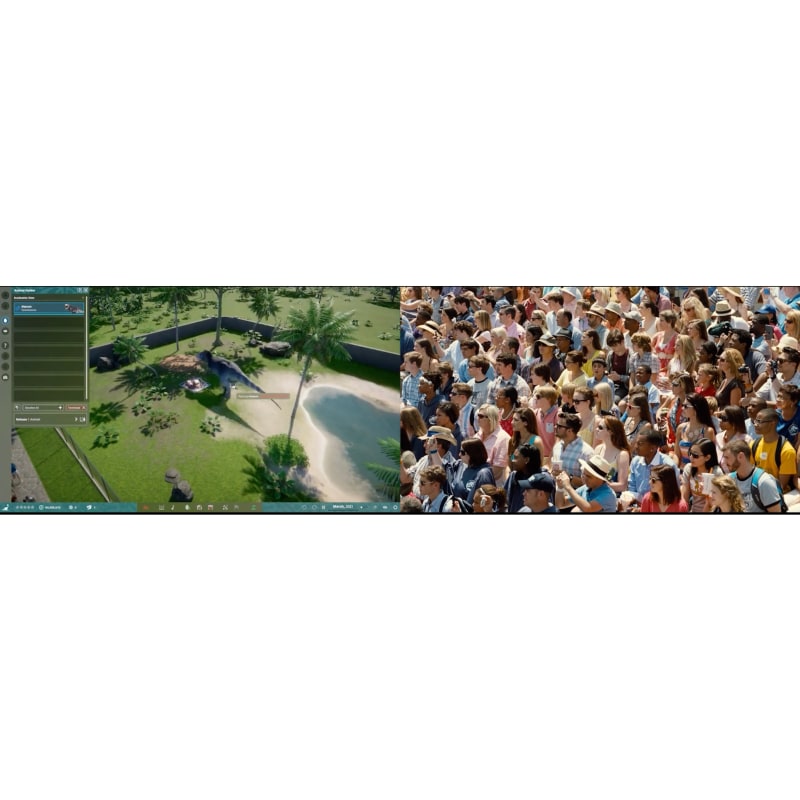 Liu Guangli, "How to imagine the unimaginable", 2023. 2-channel video, 17 mins 44 secs, dimension variable. Courtesy of the artist.
Liu Guangli, "How to imagine the unimaginable", 2023. 2-channel video, 17 mins 44 secs, dimension variable. Courtesy of the artist.